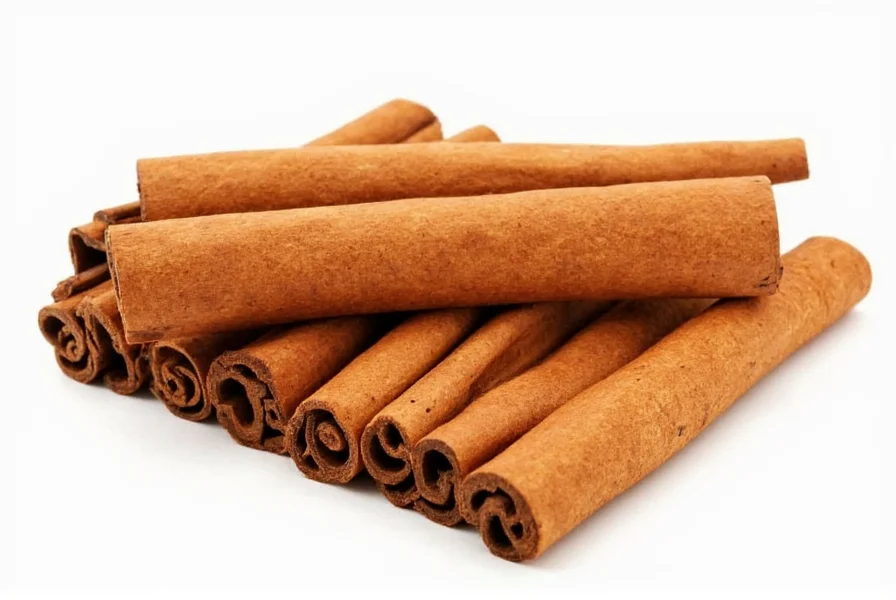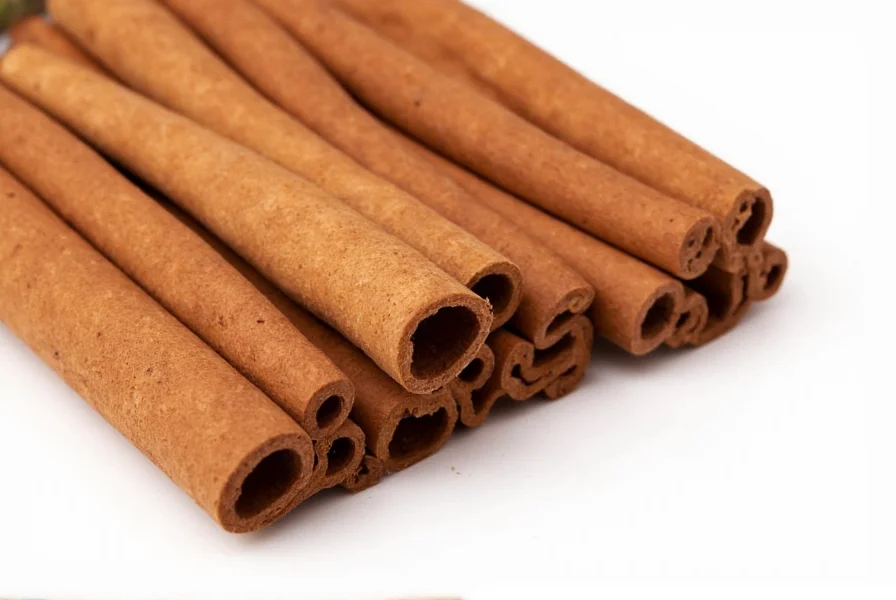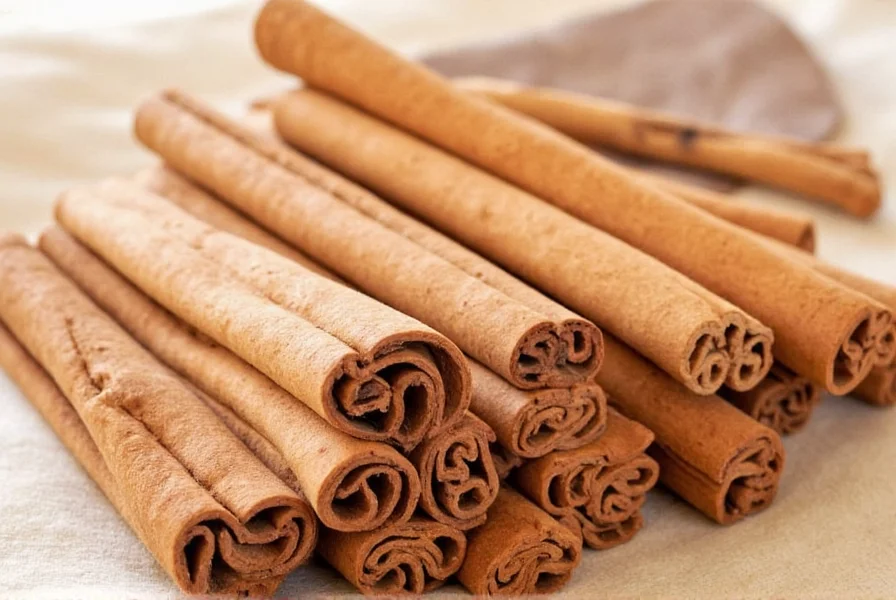Cinnamon sticks, the dried bark of Cinnamomum trees, provide a more nuanced flavor profile than their ground counterpart. Understanding how to use cinnamon sticks properly transforms ordinary recipes into aromatic culinary experiences. Unlike powdered cinnamon, which loses potency quickly, whole sticks retain their essential oils and complex flavor compounds for up to a year when stored correctly.
Preparing Cinnamon Sticks for Optimal Use
Before incorporating cinnamon sticks into recipes, proper preparation maximizes flavor extraction. The rigid structure requires specific techniques to release its aromatic compounds effectively.
Breaking and Crushing Methods
For recipes requiring quicker flavor release, break sticks using one of these methods:
| Method | Best For | Technique |
|---|---|---|
| Hand Breaking | Simmering in liquids | Apply firm pressure at natural weak points |
| Pestle Crushing | Baking applications | Crush in mortar until small fragments form |
| Food Processor | Creating fine powder | Pulse until desired consistency achieved |
When learning how to crush cinnamon sticks without special tools, wrap them in a clean kitchen towel and use a heavy pan to apply even pressure. This technique preserves volatile oils better than dry grinding.

Culinary Applications of Cinnamon Sticks
The versatility of cinnamon sticks extends across multiple culinary domains. Their slow-release flavor profile makes them ideal for dishes requiring extended cooking times.
Beverage Infusions
Creating how to use cinnamon sticks in tea properly enhances both flavor and aroma:
- Add one 3-inch stick per 8 ounces of liquid when brewing black tea
- Simmer for 5-7 minutes in hot chocolate for balanced sweetness
- Infuse in cold brew coffee concentrate for 12-24 hours
- Stir cocktails with a stick instead of ground cinnamon for elegant presentation
Professional bartenders recommend how to make cinnamon stick simple syrup by combining equal parts water and sugar with 2 cinnamon sticks per cup, simmering for 10 minutes, then cooling. This creates a versatile cocktail ingredient that maintains clarity better than ground cinnamon.
Baking and Dessert Techniques
When exploring cinnamon stick recipes for baking, consider these professional approaches:
- Insert sticks into apple pies during baking, removing before serving
- Simmer in custard bases for crème brûlée (remove before chilling)
- Create flavored sugar by burying sticks in sugar containers for 1-2 weeks
- Add to rice pudding during cooking for subtle background warmth
For how to use cinnamon sticks in bread dough, toast sticks at 300°F for 5 minutes, then grind to powder. This enhances flavor complexity while ensuring even distribution without bitter spots.
Non-Culinary Applications
Beyond the kitchen, cinnamon sticks serve multiple household purposes that leverage their natural properties.
Natural Air Freshening Solutions
Create effective how to make cinnamon stick air freshener solutions:
- Simmer sticks with orange slices and cloves for instant room fragrance
- Place in decorative bowls near entryways to welcome guests
- Combine with essential oils in reed diffusers for long-lasting scent
- Bake at 350°F for 5 minutes to reactivate dormant aromatic compounds
DIY Home Projects
For craft enthusiasts exploring how to use cinnamon sticks for decorations:
- Create natural wreaths by gluing sticks in circular patterns
- Make scented drawer sachets with crushed sticks and dried lavender
- Construct miniature cinnamon stick bouquets for table centerpieces
- Use as natural stirrers for hot beverages with edible decoration

Storage and Preservation Techniques
Understanding how to store cinnamon sticks properly maintains their potency:
- Keep in airtight glass containers away from light and heat
- Store with whole coffee beans to absorb excess moisture
- Freeze for long-term storage (up to 2 years) in vacuum-sealed bags
- Check freshness by snapping a piece—fresh sticks break cleanly with aromatic release
Unlike ground cinnamon, which loses 50% of its volatile oils within 6 months, properly stored sticks maintain 80% of their aromatic compounds for 12-18 months. When considering cinnamon sticks vs ground cinnamon benefits, the extended shelf life represents a significant advantage for infrequent users.
Common Mistakes to Avoid
Many home cooks make these errors when learning how to use cinnamon sticks effectively:
- Adding whole sticks to quick breads (they don't dissolve and create hard fragments)
- Using excessive quantities (1 stick equals approximately ½ teaspoon ground)
- Leaving sticks in finished dishes where they become unpleasantly woody
- Storing near strong-smelling spices that can alter their delicate flavor profile
For how to make cinnamon stick infusion for cocktails, steep one stick per 8 ounces of spirits for 24-48 hours, then remove. Over-infusion creates bitter, medicinal flavors that overpower delicate cocktail balances.
FAQ Section
Can you eat cinnamon sticks directly?
While technically safe to chew, cinnamon sticks are extremely hard and fibrous. They're designed for infusion rather than direct consumption. Chewing can damage teeth and the rough texture may irritate the mouth. For direct consumption, ground cinnamon is preferable.
How many times can you reuse a cinnamon stick?
Cinnamon sticks can typically be reused 2-3 times in liquid applications before losing significant flavor. After simmering in beverages or sauces, dry them completely and store in an airtight container. Discard when they no longer release noticeable aroma when broken.
What's the difference between Ceylon and Cassia cinnamon sticks?
Ceylon cinnamon (true cinnamon) has multiple thin layers that form a delicate scroll, lighter color, and sweeter, citrusy flavor. Cassia cinnamon is thicker, darker, forms a single scroll, and has a stronger, spicier taste. Ceylon contains significantly less coumarin, making it safer for regular consumption.
How do you make cinnamon stick powder at home?
To create fine cinnamon powder, first toast sticks at 300°F for 5 minutes to enhance brittleness. Break into small pieces, then process in a dedicated spice grinder or high-powered blender for 30-60 seconds. Sift through a fine mesh strainer to remove fibrous remnants. Store in an airtight container away from light.
Can cinnamon sticks go bad?
Cinnamon sticks don't spoil but lose potency over time. Properly stored, they maintain quality for 1-2 years. Signs of degradation include faded color, diminished aroma, and difficulty breaking cleanly. While safe to use beyond peak freshness, they'll provide significantly less flavor impact in recipes.











 浙公网安备
33010002000092号
浙公网安备
33010002000092号 浙B2-20120091-4
浙B2-20120091-4